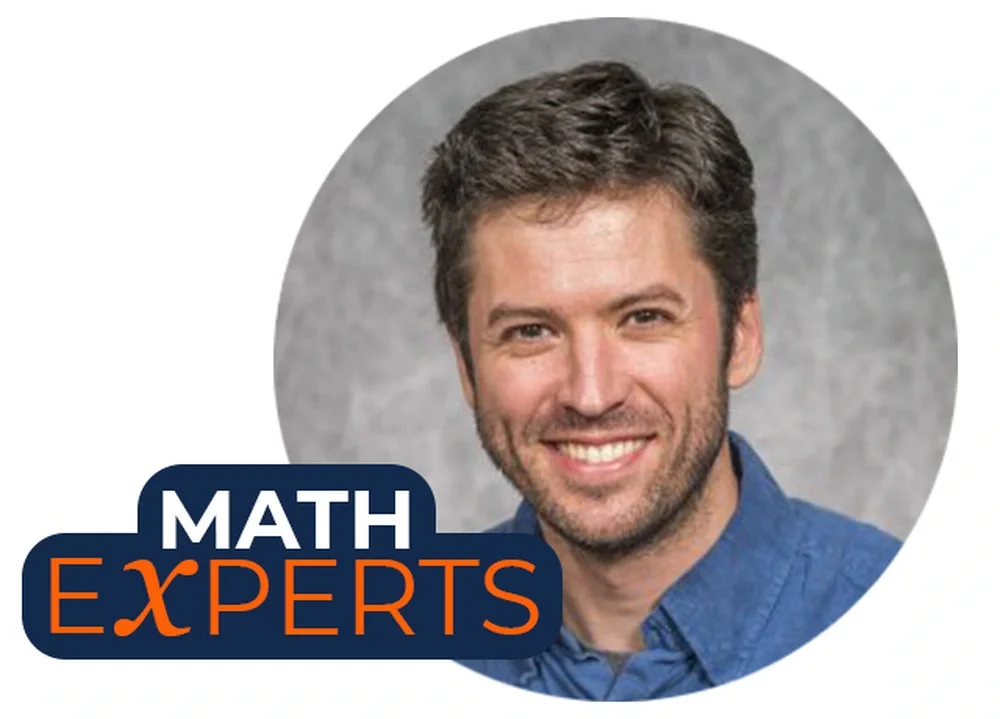
Daniel Berwick-Evans, assistant professor of mathematics, studies connections between quantum field theories, differential geometry, and algebraic topology. He is the lead investigator for the NSF CAREER project “Elliptic cohomology and quantum field theory.”
Q: What are you working on now?
Berwick-Evans: I am working on a conjecture that was first loosely formulated by Ed Witten and Graeme Segal in the 1980s, and has a more modern incarnation due to Stephan Stolz and Peter Teichner. At its heart, the conjecture proposes that a deep object in algebraic topology (called elliptic cohomology) contains the same information as a space of quantum field theories coming from theoretical physics. It is a surprising conjecture, because on face value these two subjects don’t have anything to do with one another.
Q: How has this conjecture evolved over time?
A: In the late 1980s, Ed Witten was studying a class of quantum field theories related to string theory. Some of his calculations suggested that deformation invariants of 2-dimensional supersymmetric quantum field theories should take values in elliptic cohomology. Motivated in part by Witten’s observations, Mike Hopkins and his collaborators expanded the theory of elliptic cohomology, making it into one of the more powerful tools in modern algebraic topology. At the same time, Graeme Segal started investigating the precise connection between elliptic cohomology and quantum field theory. This was picked up some years later by Stolz and Teichner. Thanks to the work of these and other researchers spanning several decades, we are starting to glimpse the depth of this connection between physics and topology.
Q: What are some of the ways you think your work on this conjecture can shed new light on the role of mathematics in developing quantum field theory?
A: One is the role of symmetries. Specifically, quantum theories of open strings have quite a rich symmetry structure, and aspects of this are mirrored by certain structures in elliptic cohomology. Another aspect is that many problems in modern theoretical physics require one to analyze an entire space of quantum field theories rather than a particular theory in isolation, e.g., the landscape problem, or classifying topological phase of matter. Stolz and Teichner’s conjecture indicates that spaces of quantum field theories (even for relatively simple cases) can be very intricate.
The ideas surrounding this central conjecture also prompt a lot of new questions in algebraic topology and mathematical quantum field theory. For example, several of my PhD students are developing tools and language for understanding the nuances of quantum symmetries.
Q: How has your field changed since your career began?
A: The available mathematical language to describe quantum field theory has expanded quite a bit. The mathematical understanding of elliptic cohomology has also grown. This has all helped get a better handle on this central conjecture.
Q: What advice would you offer to students interested in your field?
A: A lot of important mathematical ideas can be “folklore,” meaning you cannot learn them from reading books or papers. Folklore results may not even be precisely correct, but they often carry important insights that can help drive research. So, my advice would be to talk to people and ask lots of questions to learn the overarching themes of your area.
Q: When you encounter obstacles in your work, how do you overcome them?
A: Coffee and collaborators.
This interview has been edited for length and clarity.